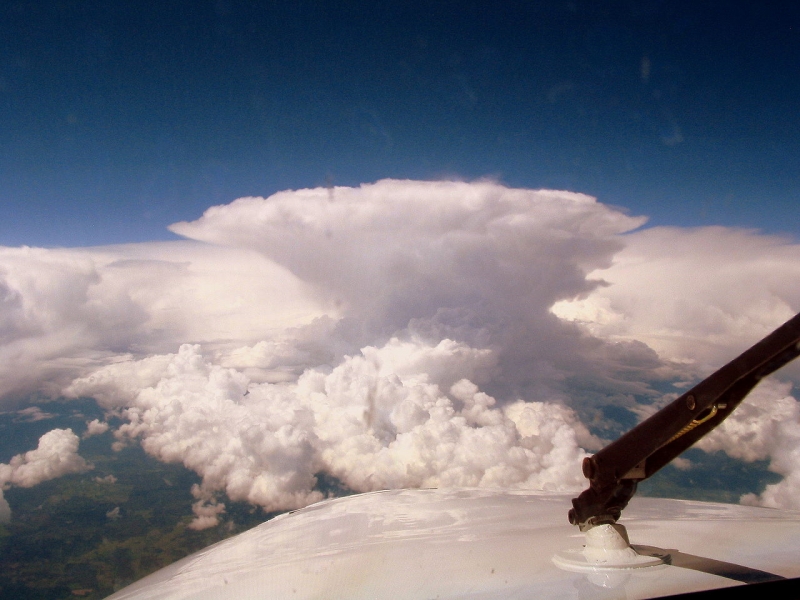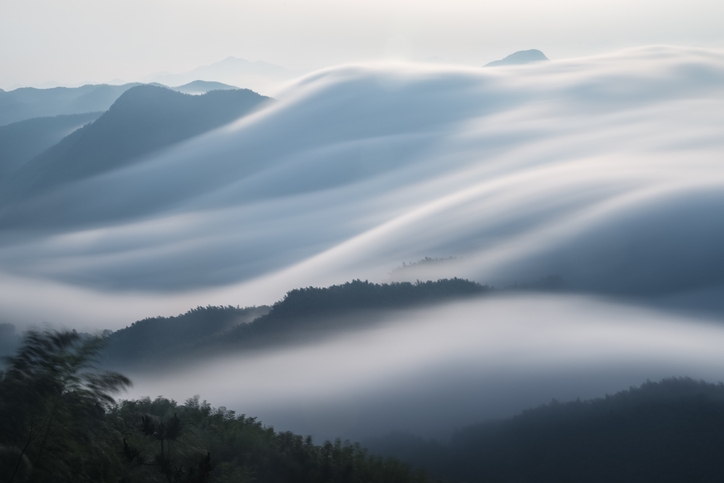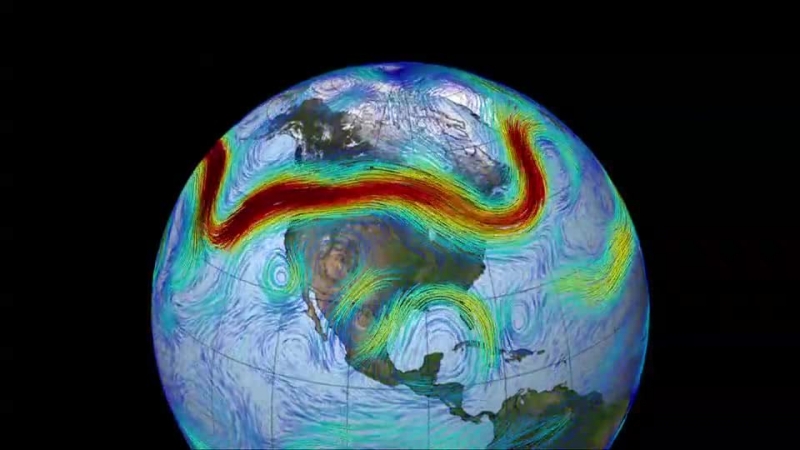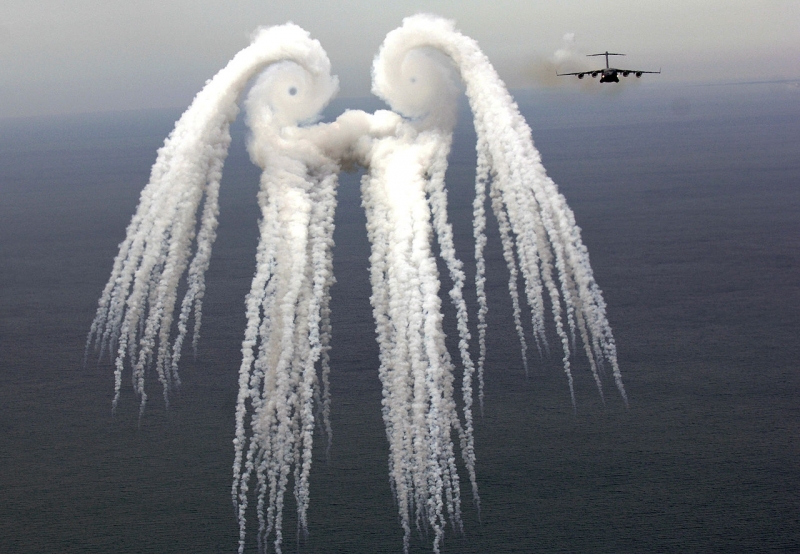What is Air Turbulence?
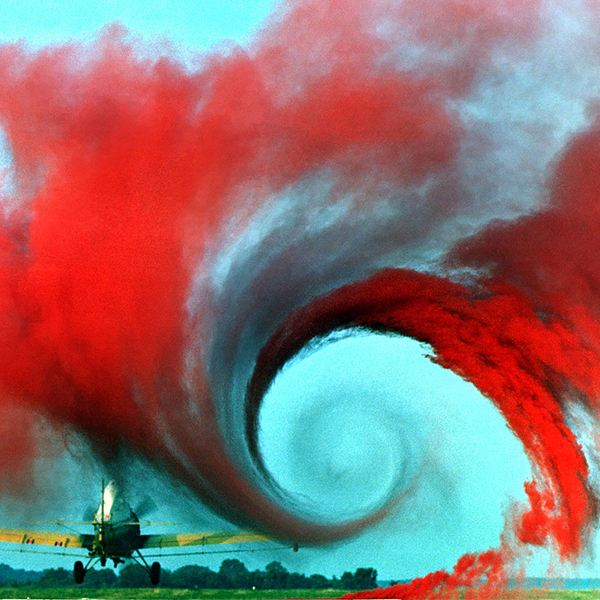
Smoke from a crop-duster shows wake turbulence (NASA Langley Research Center [Public domain], Wikimedia Commons)

Smoke from a crop-duster shows wake turbulence (NASA Langley Research Center [Public domain], Wikimedia Commons)
7.28
How does this align with my curriculum?
Curriculum Alignment
